Artist Interviews 2022
Debora Medici-Guetta 
By Laura Siebold

Debora Medici-Guetta is a Los Angeles-based photographer with Italian roots who has perfected the cut-and-weave technique with her work. I saw her work displayed in a gallery at Bergamot Station in Santa Monica and was instantly drawn to the many layers of her work. In her interview, Debora tells us about the photograph she is most proud of and about how growing up in Europe has shaped her abilities to tell a story with her art. She lets us in into the deconstruction and re-construction of images and meaning in her art and the intentions behind different series, related to her personal nature. Debora speaks about the positive feedback she has received towards her art, and the connections her photography establishes with its viewers. Debora Medici-Guetta is based in Los Angeles, California.
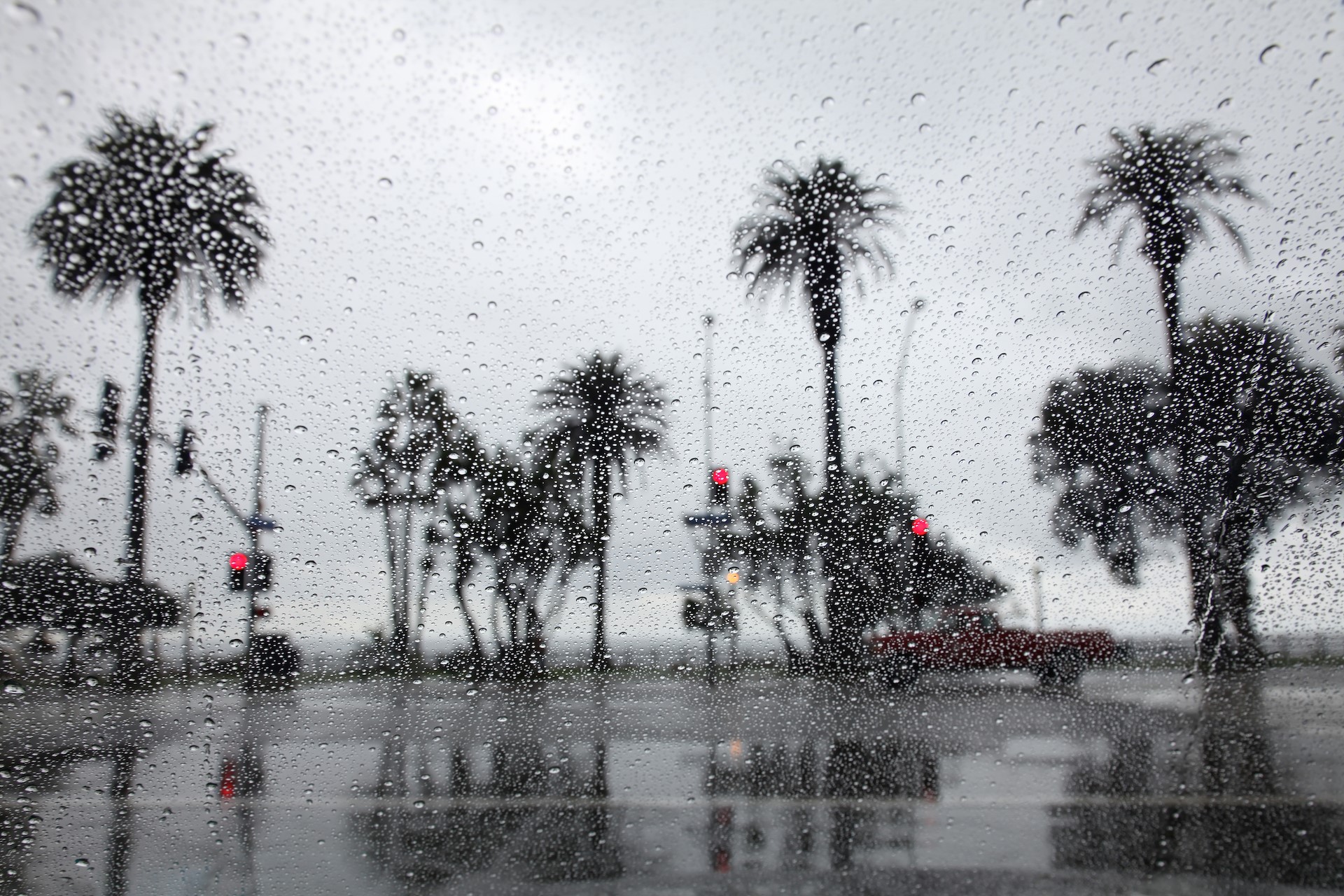
You use your photographic talent to capture the beauty, chaos, and peace of our world.
What is the image you have taken you are most proud of to this day and why?
About 12 years ago, I was driving out of a parking lot in Santa Monica. As soon as I turned right, I faced the empty street that led to the ocean. I had to stop at the red light. It was raining pretty hard. I could only hear the sound of the rain drops hitting my windshield. i felt a deep sense of calm within myself. Without thinking nor planning I grabbed my camera with the intent of capturing this moment and shot few photos. Today, “Santa Monica in the Rain” is the photo that I am most proud of. The emotions that I captured in this piece are very close to home. The sensation of being in a warm, comforting place feeling protected while looking out into the gloomy, grey outdoors is a notable feeling. It is a metaphor to life - even in the midst of a storm, you can find comfort in solitude. Also, it is almost a sense of security that I feel when I am in a circumstance like this.
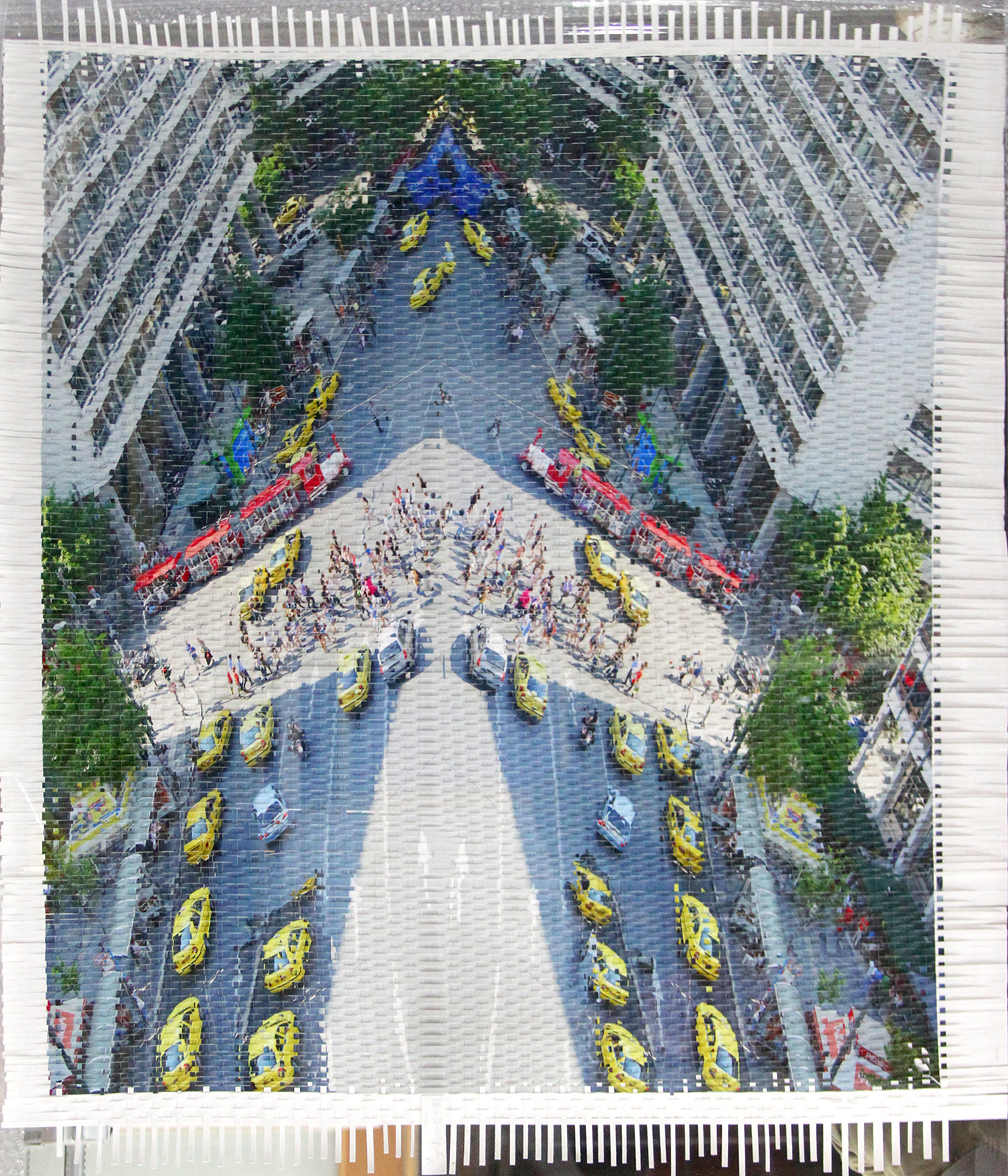
We are curious about your background. Did art play a role in your upbringing? How has the time you spent outside the US shaped your understanding of art and how do you translate your view of the world in visual images?
I was born and raised in Rome, Italy. I was blessed to grow up in such a beautiful city with so much art, history, and natural beauty. I walked in the streets of Rome admiring its architecture, painting, sculpture, and mosaic work. Even just wandering in Rome’s piazzas and parks, I could find art on display. I still remember the first time my uncle brought me to see the Colosseum! and the first time I entered St Peter Cupola, the most epic viewpoint in Rome and my admiration watching silently all the frescoes of The Sistine Chapel. I was marveled at all these beauties and humbled by this experience. I would look at a painting, a sculpture or a building trying to empathize with what the artist and creator beyond them would experience. This is how I found my connection with art and the places around me. I then went through a traumatic experience with my parents’ divorce, and I would retire in my own world where I’d draw, paint and color a lot. It was when I would create art that it felt like I was creating a new sense of reality. Throughout my childhood especially during the school years people would ask me to help out with any sort of art project. After honing in on that passion and love for art, I am now able to produce a story from what I am thinking about or the emotions that I am feeling. This similar emotion of creating a new reality is also connected to my time spent outside of the US. Being able to capture those fragments of time in my art around the world created these beautiful moments of time that I can cherish forever, helping others relive the moments that I experienced.
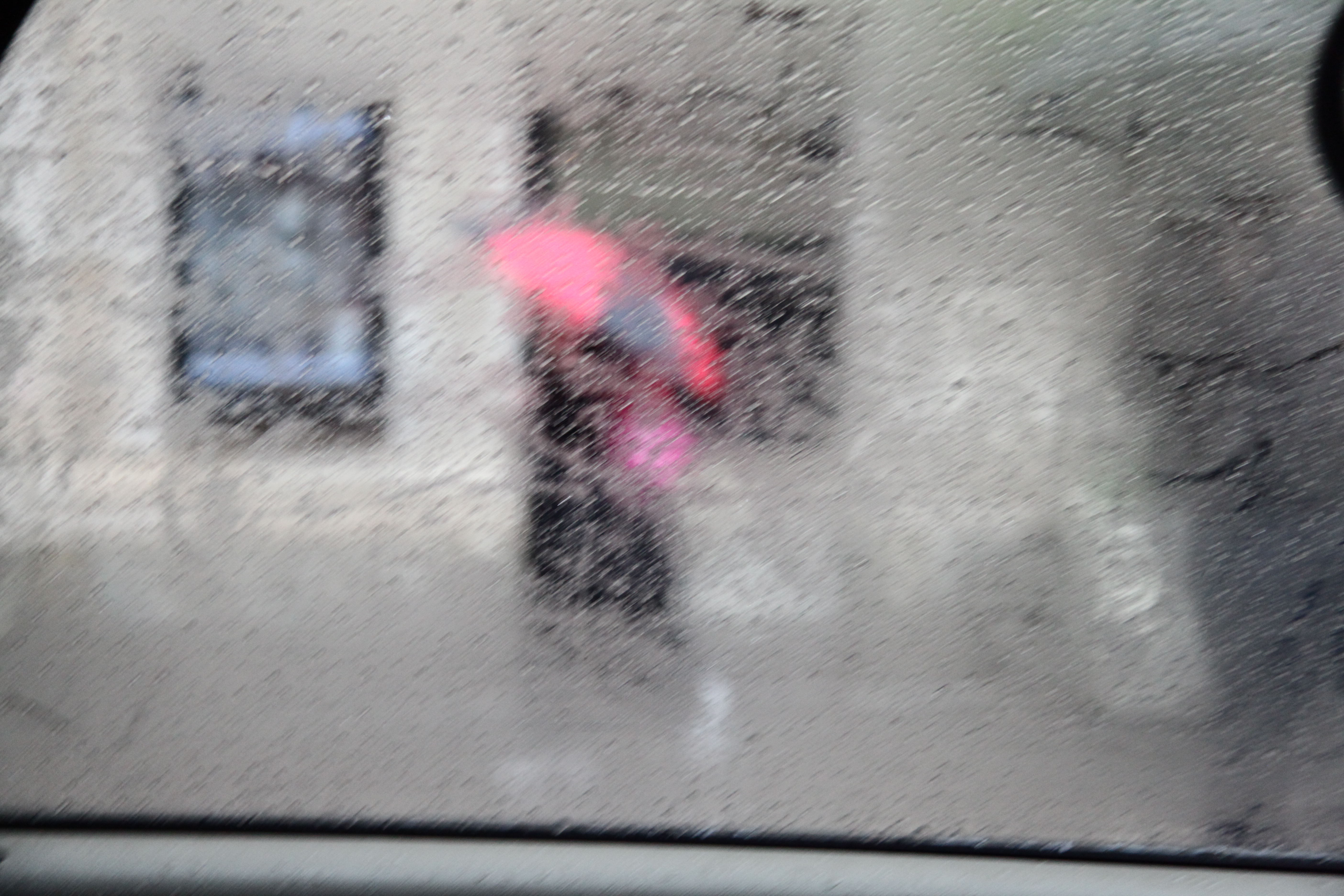
You document the transient, yet repeating moments of everyday life. In your opinion – what is the specific role of the documentary artist capturing those images?
The documentary artist’s purpose is keeping an audience engaged, educating them about a specific topic while leaving them inspired to take action, for themselves and/or for the others.
The artist shows what and how something is like. Its art is designed to inspire and stimulate some type of emotional response.
For me capturing these fleeting moments help life experiences live forever, but now with a visual aspect. It is the result of how it felt to exist in a particular place at a particular time. I am able to incapsulate an energy of a moment, not only for myself, but for other people to enjoy. The importance of making my own art, and how I can use this art to create joy for myself and inspire the people around me is fundamental to my life purpose.
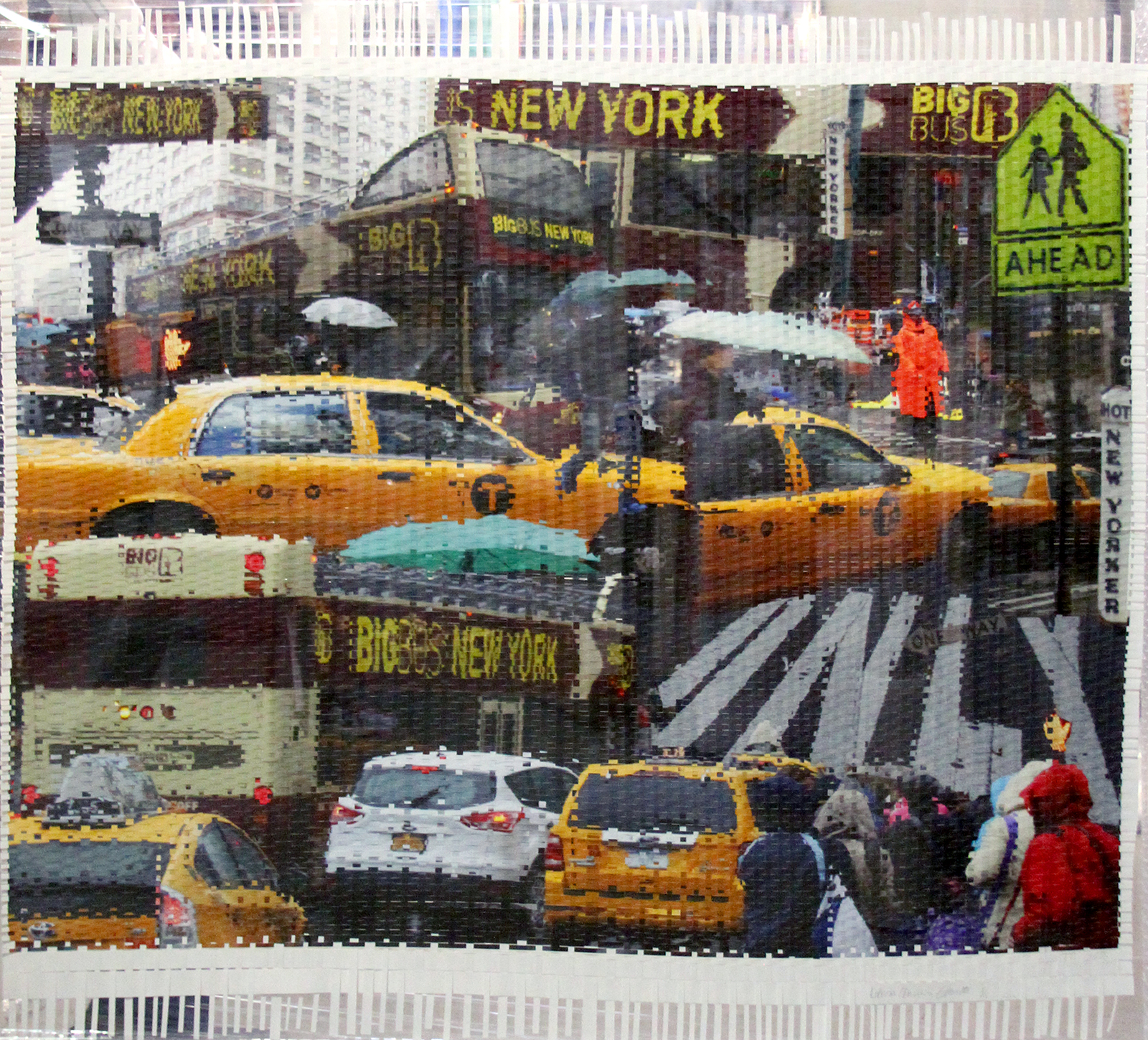
Your cut-and-weave style of presentation of changing multiple photographs of the same scene or subject by cutting the prints and hand-weaving them together to form a dissonant whole again, portrays the
fragmented nature of urban cities and parallel human lives. How did you come up with the idea for this technique?
I have been part of a photography group developing my body of work. We meet bimonthly and exchange positive feedback that helps us grow toward the fulfillment of our projects. About 8 years ago I had just come back from few days spent in NY. I had a huge body of work, and I was constantly thinking of ways on how to develop something else beyond photography. I let this question sit within me. One day, a normal day like any other, I was driving and using my time going through the day ahead thinking what needed to be done and how to do it. Just normal thoughts of a long to do list. All of a sudden, I had a vision of a finished piece, something like a fragmented piece that looked new as a whole. I follow that path of thought asking how do I get to that? The next thing I found myself looking for a cutter. Armed with glue scissors, tapes and many different kinds of photos, I sat down after dinner and let my creativity develop itself. Around 2 am I stopped and stepped back. The final creation was so intriguing, fascinating, and satisfying. It was the beginning of a new creative journey. I had landed in a parallel world.
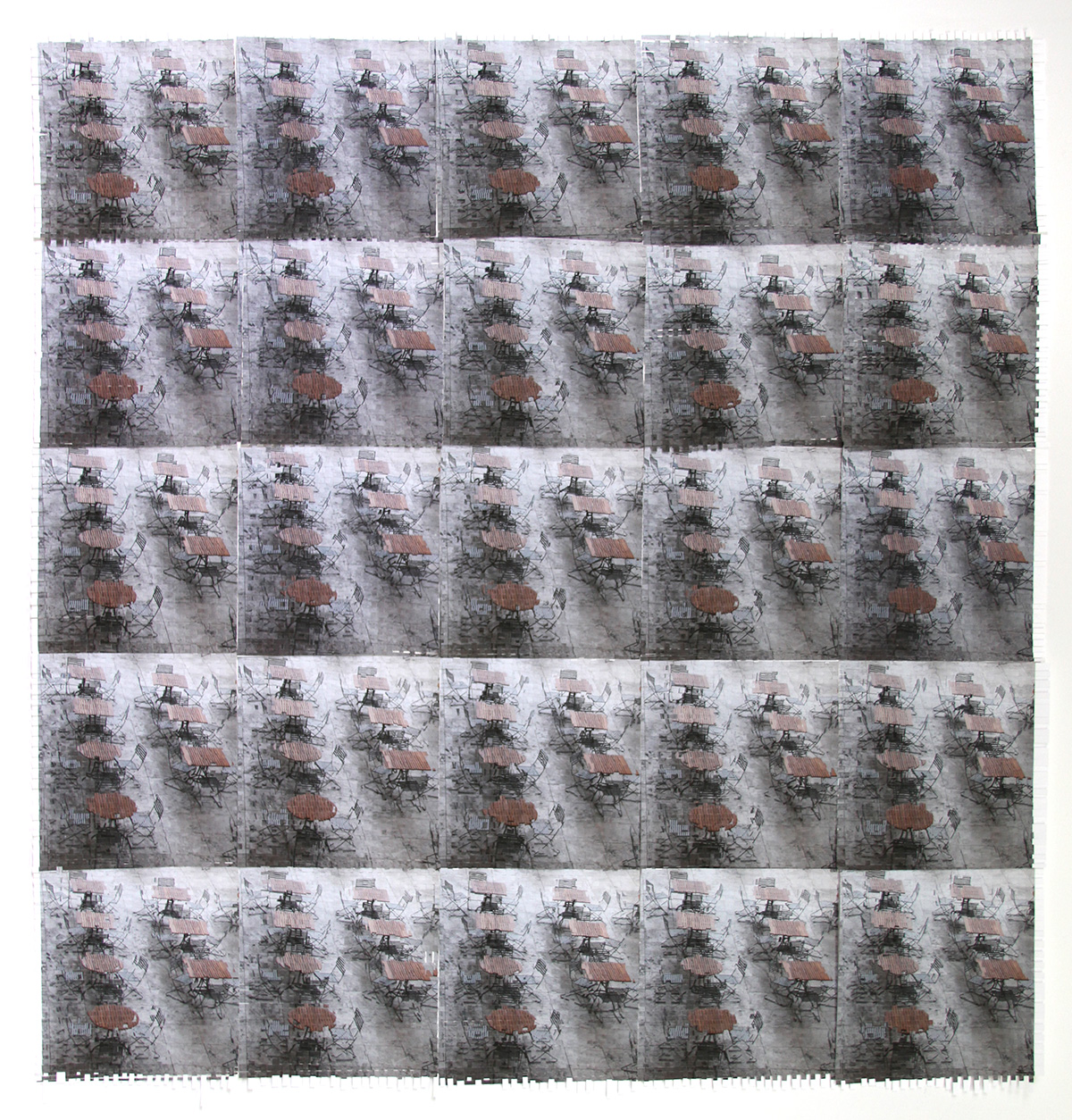
Your 2022 exhibition “LANDED” at Speedy Gallery in Santa Monica, CA, showcased many different series of your work. Thinking about spring as the season of new beginnings and
creation, what is your job as a photographer when capturing natural subjects and abstracting them through your cut-and-weave technique?
Just like the layering that I have in my art, the same comes with the meaning. Not only do I photograph a moment in time, but I then create a new perspective through deconstructing the image. This technique could be compared to spring and new beginnings because I take the beauty that was already there and create a new creation from what had previously existed - it is beautiful to look at life this way.
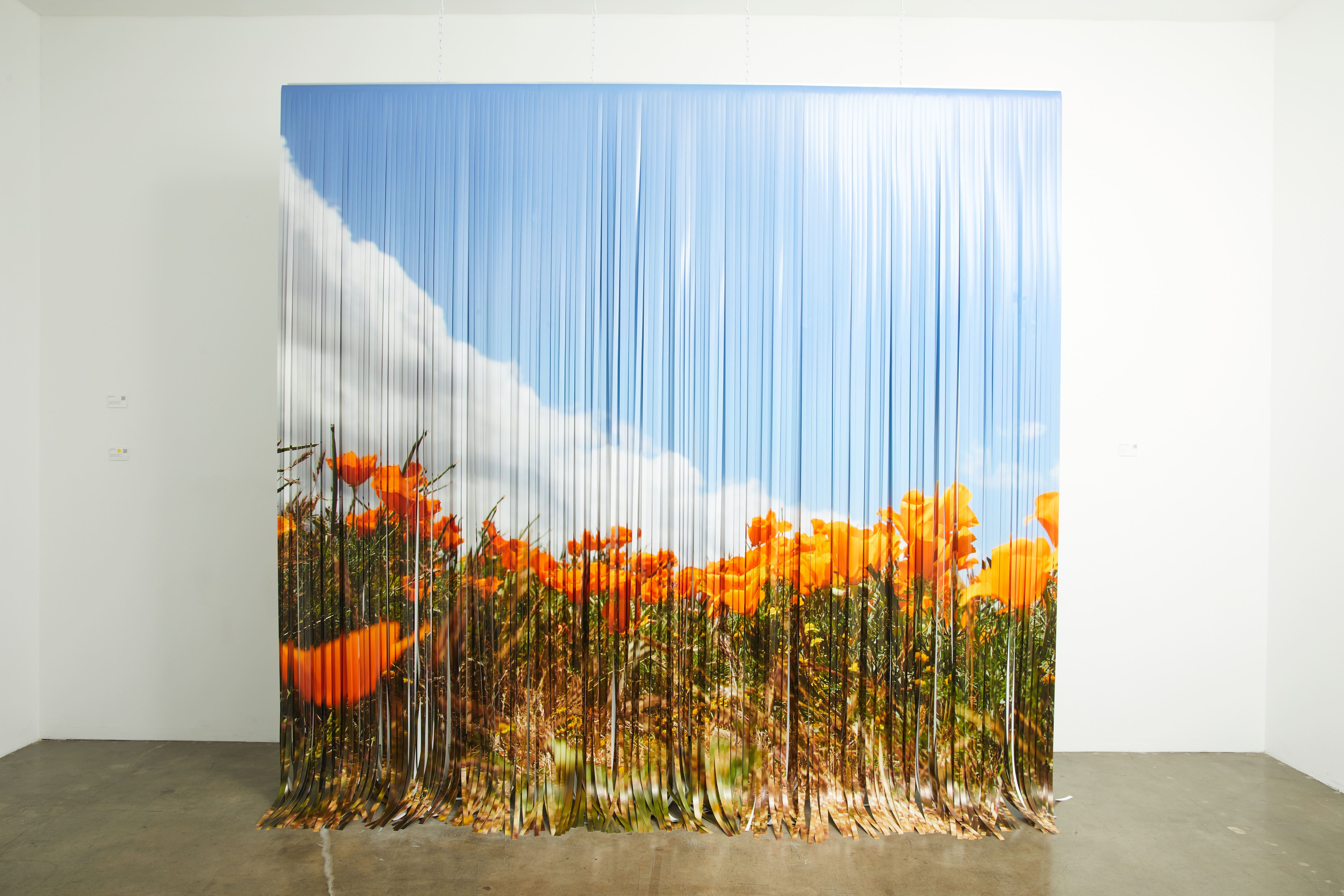
What is the message behind your large-scale “Field Of Vision” (2021) artwork and how is it is related to portfolio of your work as a whole? How do methodology, color, and light work together in this artwork?
“Field of Vision” is a 10ft x 10ft, the largest piece that I have done so far. It is a four layers deconstructed piece that hangs from the ceiling and each stripes go all the way down to the floor. This large-scale piece has a profound transformative element. Line, color, shape, form, and space are few core elements of art. Here, these concrete visual components set forth a visual path. In this case, my idea is that you are essentially walking into the artwork, and you can just feel being part of it.

Your “Out Of The Shadow” (2010) series juxtaposes independent and related realities and captures the subject and its double in image. Which role do light and shadows play in your work?
My “Out Of The Shadow” series represents a pivotal moment in my life when I realized where I was standing in relation to my journey. The 'shadow' represents all those parts of myself that have been unconsciously hidden for a variety of reasons that were justifiable to me at that time. Motherhood, marriage, work and all the responsibilities that come with them. when living in the shadow of someone or just in their shadow, you forget yourself. My life, my experiences, and my talents didn’t seem to be as important as someone else's. This series marks the beginning of my effort to become self-aware, recognize my shadow and grow from it.
In these photographs, the light and shadow work strongly together because they share the same intensity allowing the viewer to feel the elements and depth of this creation.
I have essentially created grounds for people to view the shadows of life and how this almost three-dimensional point of view can show how coming out of the shadows is a profound, transformative feeling!
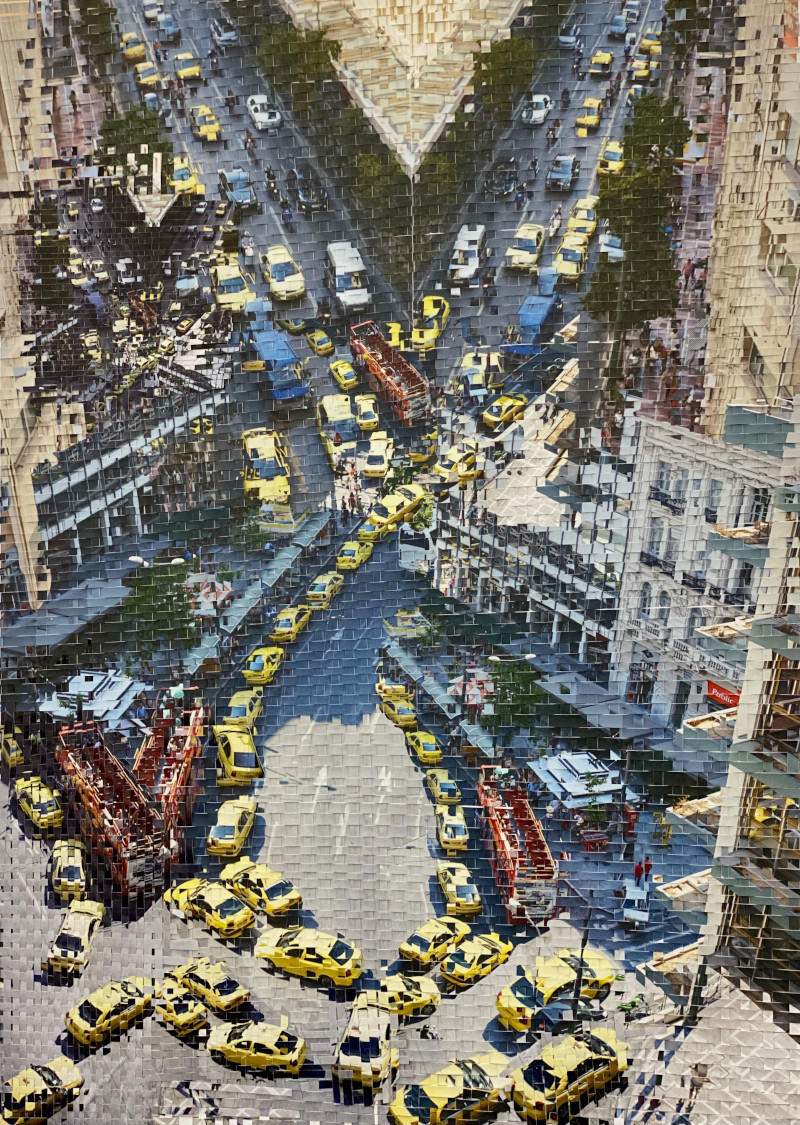
Reflecting on your engagement with art, can you recall a specific experience that reassured you to continue your path as an artist?
On November 14th [2021] I opened my largest solo show to date. The love, interest, and positive feedback were truly so overwhelming and beyond my expectations. So many people showed up at the opening and so many attended during opening hours for the last three months. Comments like “I am impressed” “I am Inspired” “I have never seen such a thing” “these works belong to a museum for everyone to see” were constant among the attendees. Hearing about people’s perspective shifts and enjoyment of my art humbly fuels my soul. Receiving all this genuinely positive feedback, it’s an indication that I am doing something correctly and should continue to do so. I received so much love and this has inspired and motivated me to continue my art and has been essential to my growth and exposure.
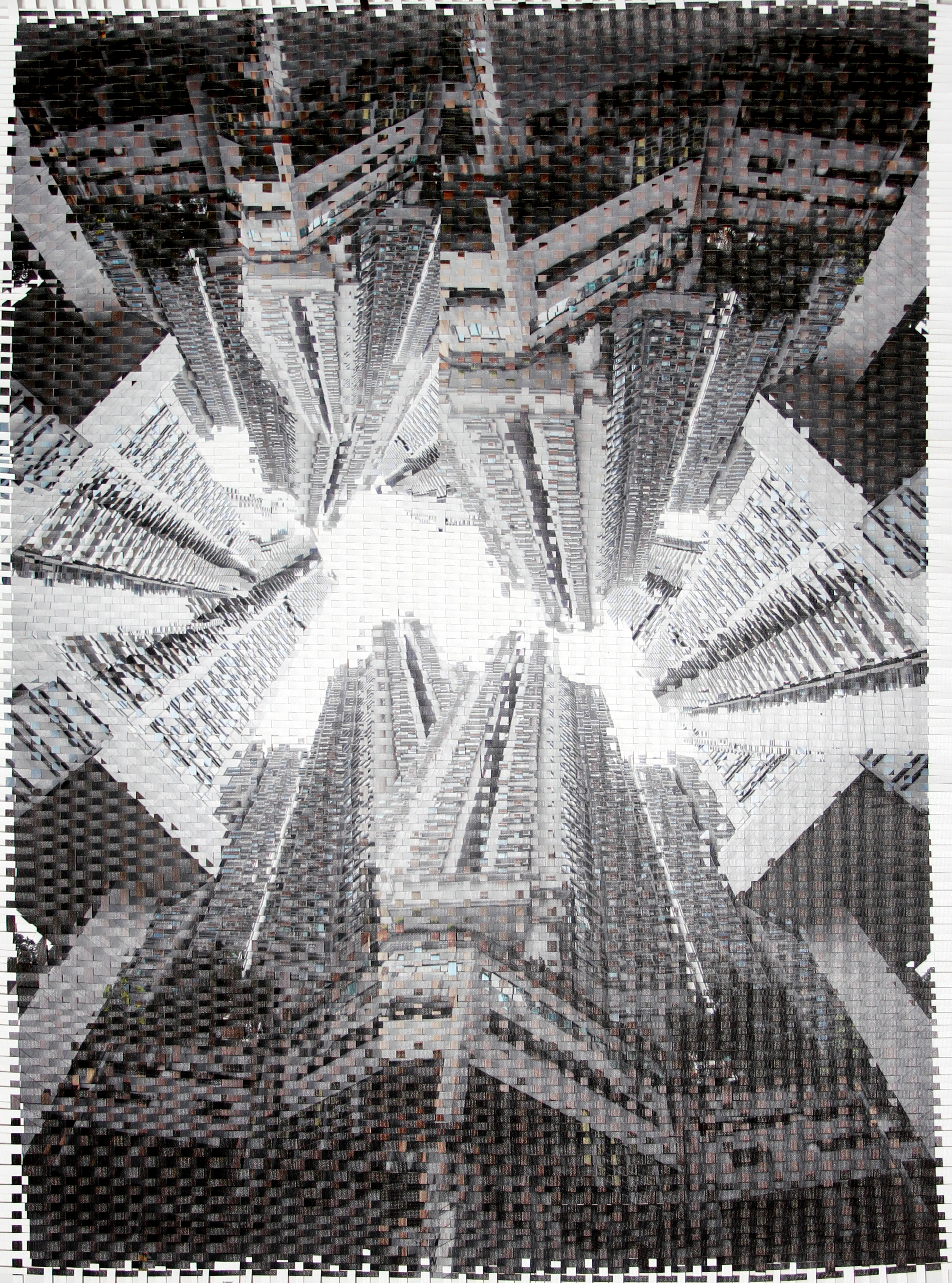
In your opinion – what defines the madness of beauty of contemporary life and how does the artist become a part of this?
My art comes through my everyday experiences and the moments that I find to be the most notable. Although some of my pieces capture the ordinary, the “madness” is found in each stripe that it is cut and then weaved, creating the beauty of a new reconstructed image. An artist becomes a part of this by communicating its own truth, and pushing the viewers to engage thoughtfully and make steps toward their own journey.
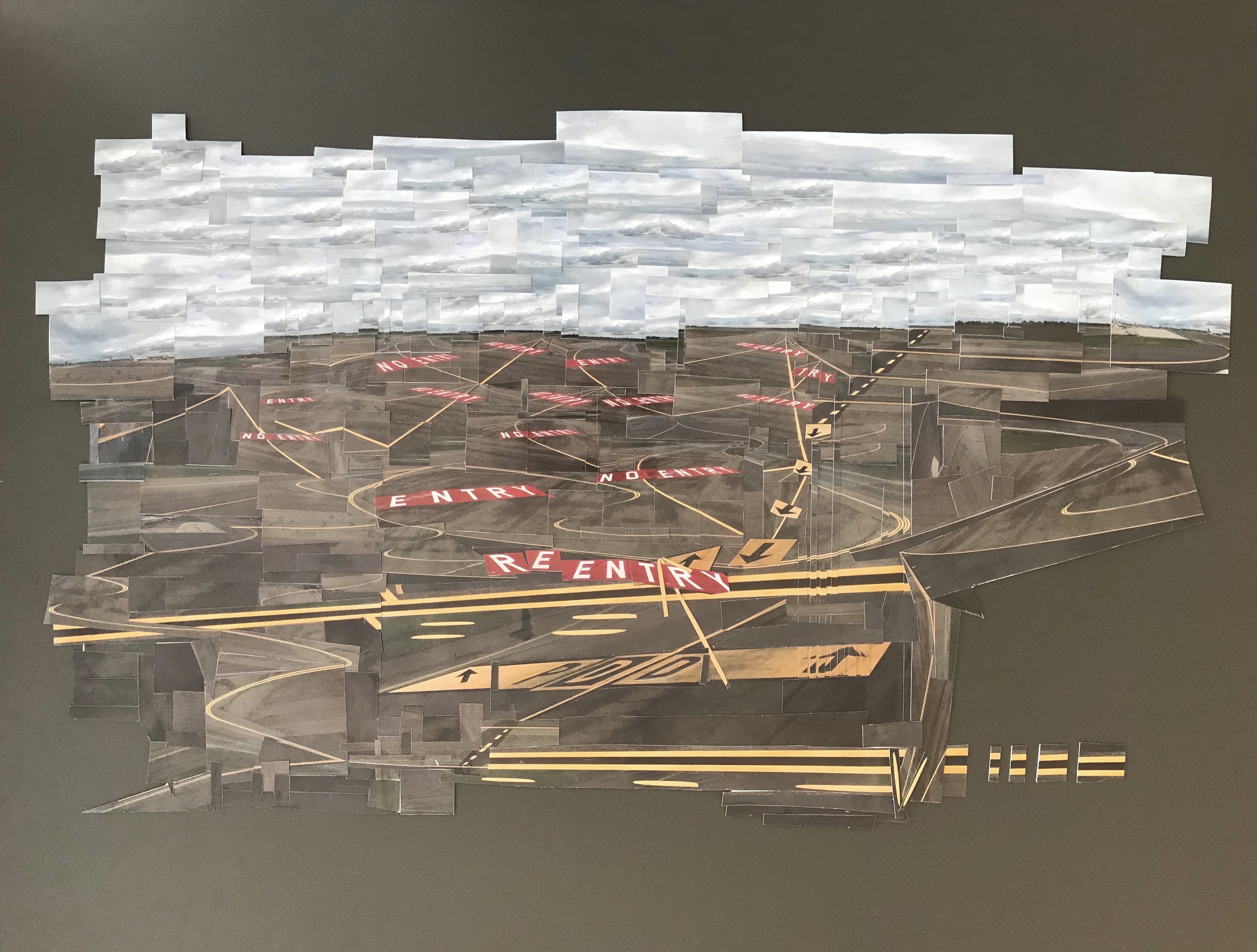
How can the viewer take part in your “big, long introspective journey” you explore with your photography?
The journey starts with coming “Out Of The Shadow”. I believe that at one point in our lives any of us has been -consciously or unconsciously- stuck or passed through something or in someone’s shadow. Through my manipulated photographic prints, you can follow my journey of growth and apply your own experience to it. This creates a natural sense of connection between the viewer and I - which is a sensation that usually is not felt in this empathetic manner. I am opening up those shadows that people have been living in, allowing them to realize their self-worth, and the journey that they are on. When they view the photographs, they are able to understand their own journey a little bit more, and find inspiration, courage, and awareness as they complete it.
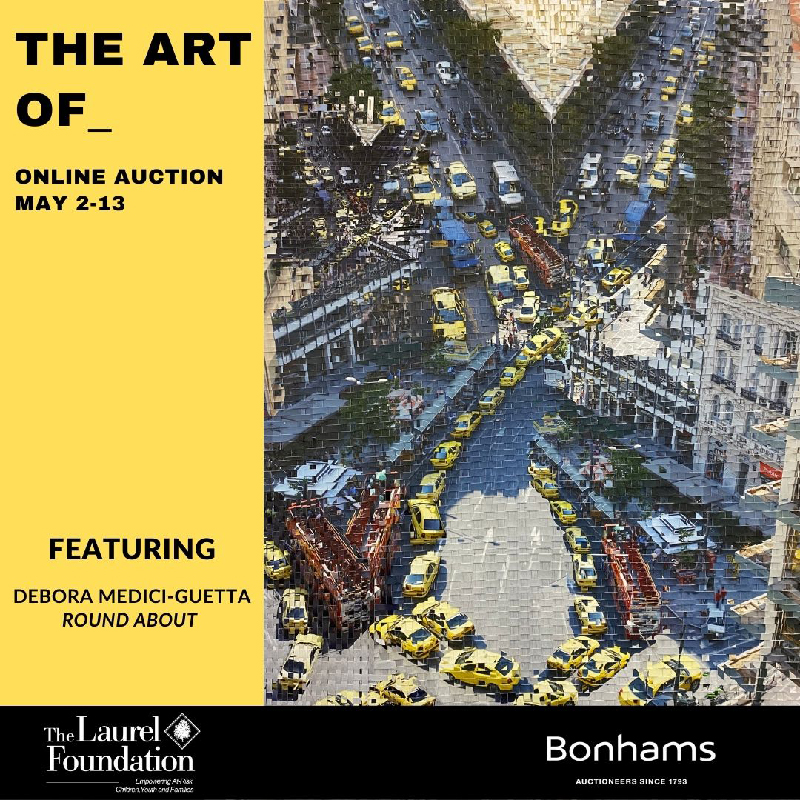
|
|

